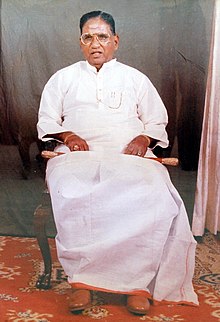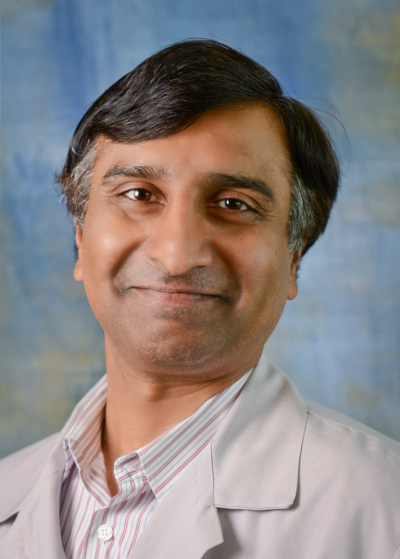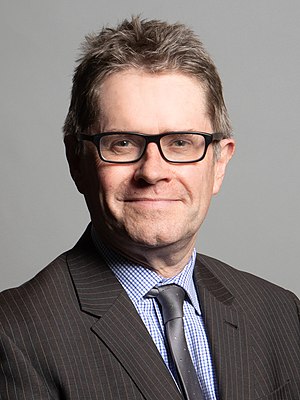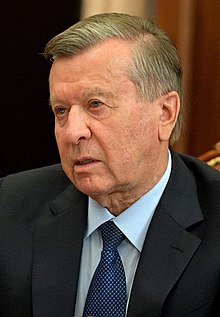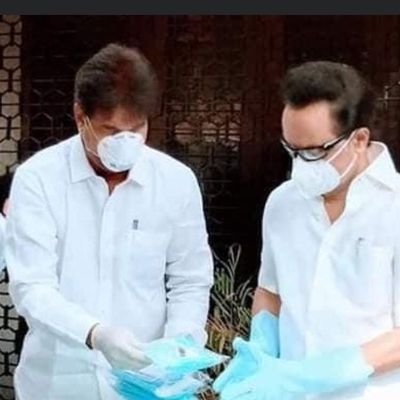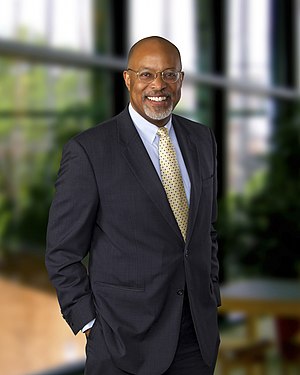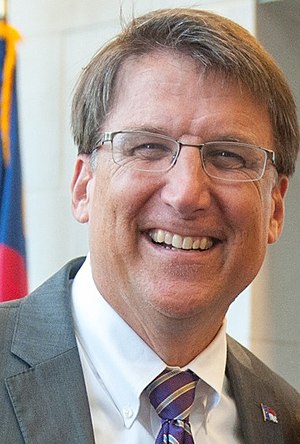Marri Chenna Reddy
Birthday January 13, 1919
Birth Sign Capricorn
Birthplace Peddamangalaram Village, Moinabad, Rangareddy district, Atraf-i-Balda, Hyderabad State (now in Telangana, India)
DEATH DATE 1996-12-2, Hyderabad (77 years old)
Nationality India
#29039 Most Popular


